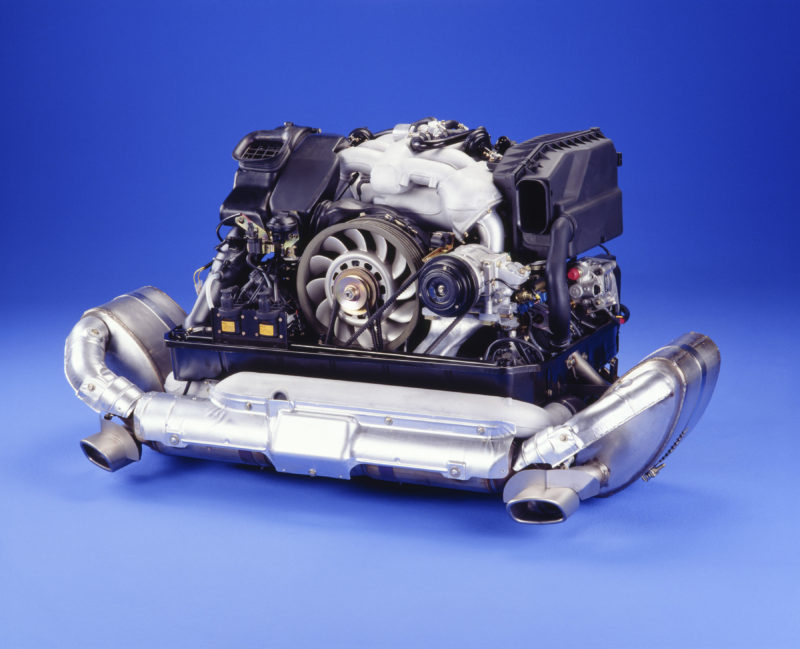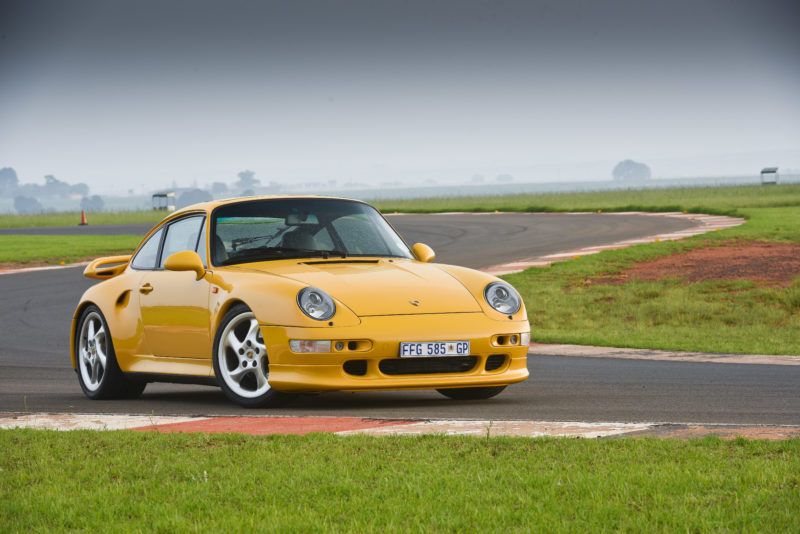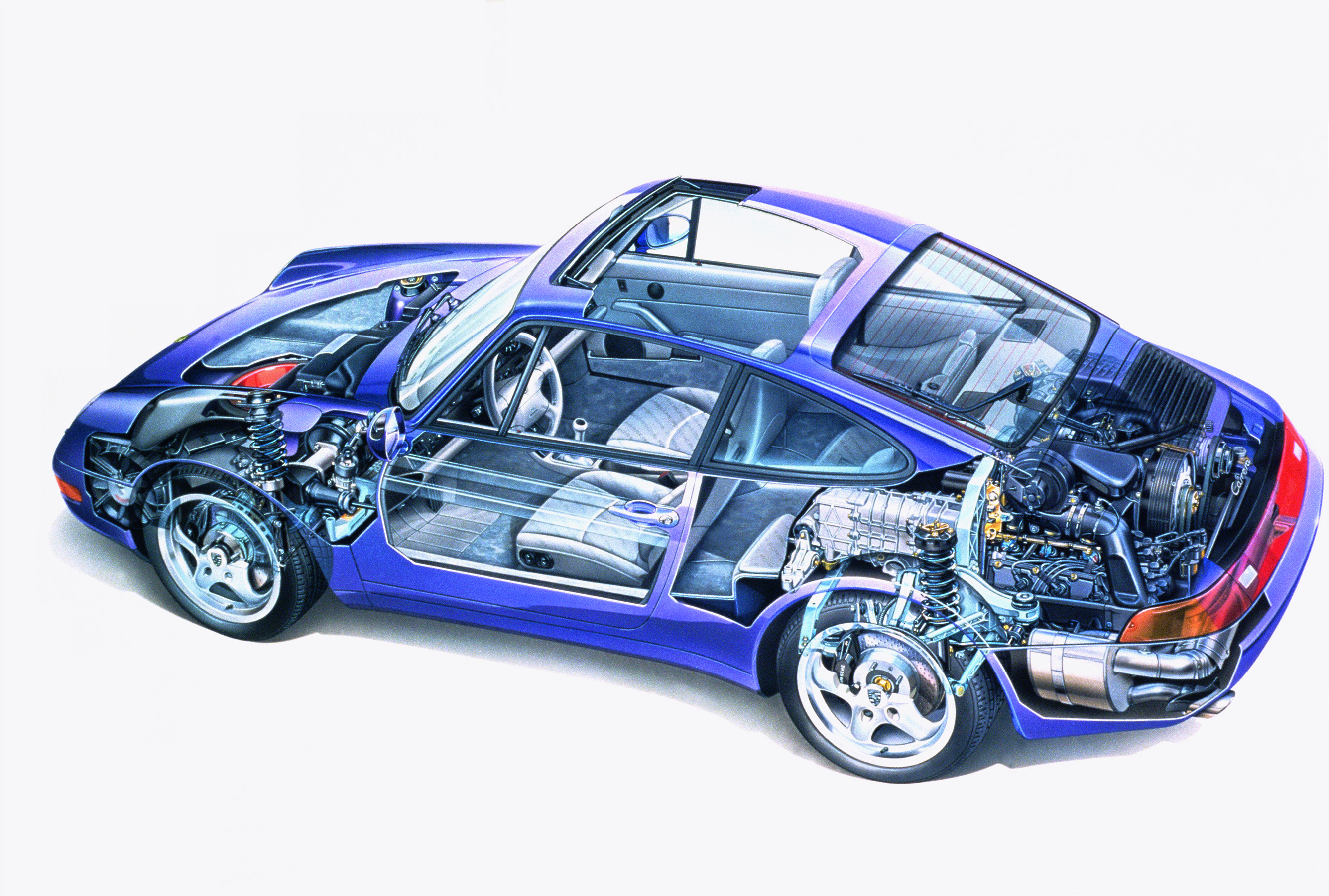Porsche 993: the 911 that had to succeed
In retrospect, it’s easy to say Porsche’s mistake was its decision to keep the G-series 911 in production for 15 years, but from the company’s point of view, through the early 1980s the 911 was selling ever more strongly.
Regular updates and revisions ensured it remained at the top of the performance stakes. The robustness which made it a car you could count on day after day meant that despite its archaisms, it was still the ultimate road and track sports car.
However, within Porsche it was also a source of frustration to many of its engineers and designers keen to modernise it, dispensing, for example, with the torsion bar suspension and introducing assisted steering and a less idiosyncratic ventilation system. Journalists in other respects always well disposed towards the 911 observed it was becoming increasingly an enthusiast’s car, lacking broader appeal and depriving Porsche of a wider market.

The 928 launched in 1977 was supposed to address the GT segment of the market, but by the time the Vorstand had approved the next 911, Typ 964 in April 1984, sales of the 928 were already in decline. The 964 itself was a radical step in engineering terms – a completely new chassis and suspension which allowed fitment of ABS and assisted steering, a larger and more potent flat six, and four-wheel drive.
A conservative board, however, would not permit the designers to change anything above the axle line, which meant the 964, despite its revised front and rear bumpers, looked remarkably similar to its predecessor. Moreover its four-wheel-drive, such an innovation when Audi introduced the Quattro in 1981, was no longer a sensation, and early 964 buyers were able to confirm what the magazine testers had found, that Porsche’s fixed 2:1 rear/front torque split made the latest 911 an uninspiring understeerer.
The rear-drive C2 911 appeared a year later, but by then the damage had been done: in a generally morose market, and one which had halved in the US, clearly the 964 would not be the model to rescue an increasingly beleaguered Porsche.

A rolling of management heads saw new blood brought into the company. A former Weissach R&D engineer named Ulrich Bez was enticed from BMW Tech to become engineering boss, and he appointed his chief designer at BMW, Harm Lagaaij, another ex-Weissach man, to reinvigorate Porsche styling. These two were the impetus behind the next 911: the 993.
Bez was particularly critical of the 964’s crude ride and the C4’s handling, and Lagaaij’s remark when he arrived at Porsche’s design studios in October 1989 that there was “nothing going on” has gone into the history books. Work on 911 Typ 993 would start within weeks of the 964 C2 reaching the showrooms.
This time, a chastened Vorstand, which had pensioned off its managing, engineering and styling directors in short order, was prepared to offer Bez and Lagaaij more licence, and the pair took as much advantage as their still-constrained development budget permitted.
Nevertheless, the new 911 represented a challenge: how could the new 993 retain its defining ‘Neunelfer-ness’ yet be endowed with a more modern appearance and wider appeal?
For the full feature on the Porsche 993’s development story, pick up your copy of Total 911 issue 183 in shops now or get it delivered to your door via here. You can also download a digital copy with high definition bonus galleries to any Apple or Android device.

Comments (0)